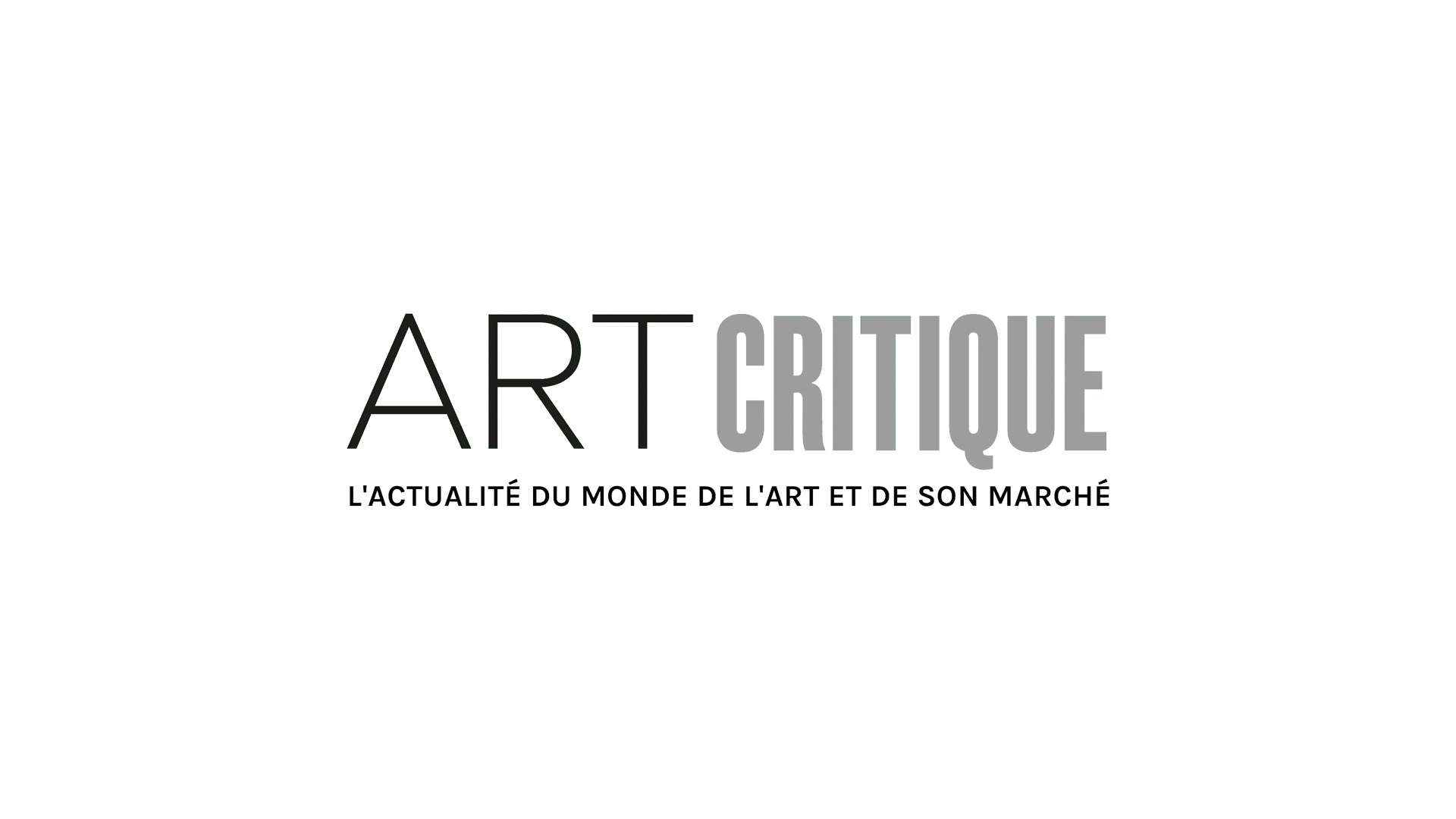One of the oldest abbies in Germany, once struggling to stay afloat, has now become the site of what may be the last artwork by artist Gerhard Richter. Earlier this month, a series of stained-glass windows designed by the German artist, now 88 years old, were installed at Tholey Abbey and in October, visitors will be welcomed to the abbey for the first time to see them.
Tholey Abbey has been in operation since at least A.D. 634, but in 2008, it looked as though the abbey might close its doors according to Abbot Mauritius Choriol, who oversees the abbey. However, a businessman and his wife, Edmond and Ursula Meiser, stepped in to help salvage the abbey and its grounds. The Meisers, both devout Catholics, worked with the abbey, which is home to 12 monks, to begin its restoration. Once in a “very sorry situation” as described by Choriol, the abbey now has a new lease on life and it is hoped that the set of Richter windows will help attract visitors, which will help secure the abbey’s future.
The windows are unmistakably by Richter, too. Three, 30-feet-tall windows boast rich, colourful abstract designs – calling on many of Richter’s iconic works – have a mesmerizing effect that edges towards Rorschach ink blots. The windows were installed in the church’s choir giving them a prominent spot behind the altar. “Abstract art is not normally my thing,” admitted Choriol to The New York Times. “But you don’t need to be an art expert to appreciate the qualities of these.”
The abbey took a page out of a nearby French cathedral’s playbook when they decided to contact Richter. There, the cathedral has been a destination much in part thanks to windows there made by Marc Chagall, so Tholey Abbey set off down a similar path. Bernhard Leonardy, an organist local to the abbey, wrote to Richter and in June, the artist got in contact. It seemed as though Richter might decline the offer, citing a busy schedule and his age, but then, he agreed to design the windows. After discussions began, Richter, whose artworks have sold for millions, informed the abbey that he would be doing the designs free of charge. Richter’s designs were then brought to life by Munich-based glass workshop Gustav van Treeck.
Although Richter has said little about the project, he did tell DPA, a German press agency, that he was pleased with the work done by the workshop and that the Tholey Abbey windows were likely to be his last major work. Richter’s oeuvre kicked off in 1962 with Table, the first work in the artist’s official catalog, and may now culminate with the windows, the catalogues 957th entry.
In addition to Richter’s windows, the church commissioned Afghan-German artist Mahbuba Maqsoodi to create 34 other windows in the church. Maqsoodi, whose windows portray scenes from the Bible a number of saints, was selected after an anonymous competition was held to replace the majority of the church’s dilapidated windows.
Next month, Tholey Abbey will be opened to the public as a hospitality and educational centre. Monks at the abbey have historically had it to themselves, meeting for prayer five times per day, maintaining the grounds, and producing various goods, but the choice to welcome in more people is part of an initiative to put the abbey on solid ground, financially, in the years to come. In October, the abbey will be open to the public six days out of the week and, according to a report commissioned by the abbey’s monks, the windows could draw in as many as 100,000 visitors over the next year.







